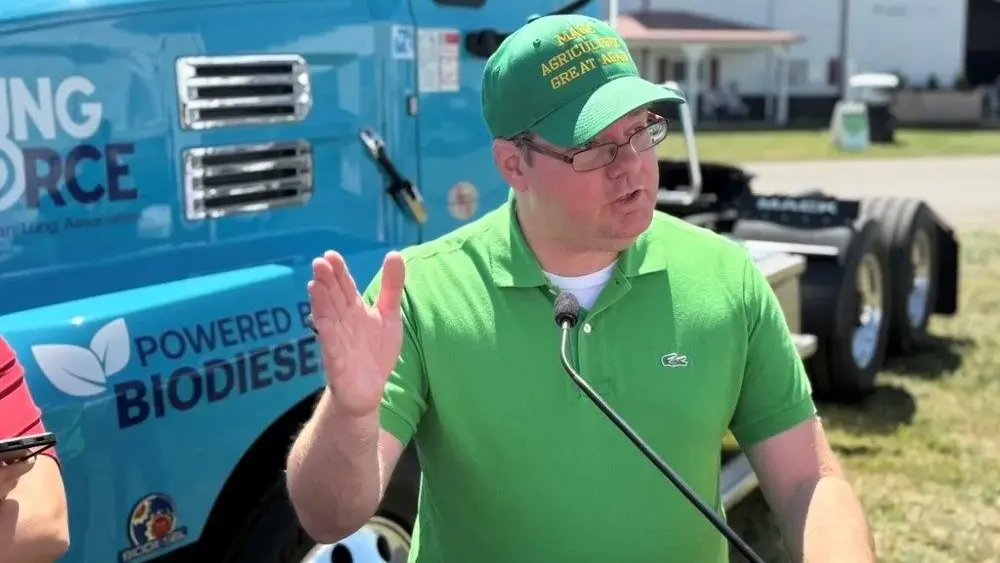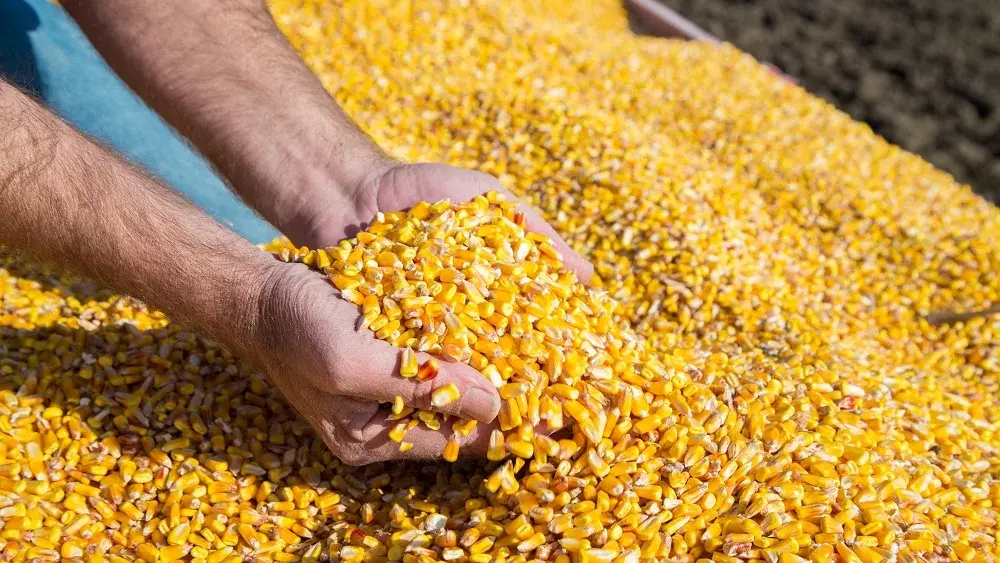Field Crops
Late-week storm activity brought relief from the prevailing hot and dry conditions seen across much of the state, according to Marlo Johnson, Director of the Great Lakes Regional Office of the National Agricultural Statistics Service.
There were 5.0 days suitable for fieldwork in Michigan during the week ending August 30, 2020. The week began as the previous week ended with the U.S. Drought Monitor showing approximately 35 percent of the State was abnormally dry or worse.
Showers and thunderstorms across much of the Lower Peninsula on Friday brought between 0.5 inches and 4 inches of rain to many locations.
Producers across the state reported the rain will improve dry bean, sugarbeet, hay and pasture conditions, help relieve crop stress, and help finish off the corn and soybean crops; however, in southernmost counties growers reported that crops may be too far along to benefit from the rain.
Oat and barley harvest were winding down, while early sugarbeet harvest began at the end of the week.
Other activities included field preparation for planting winter wheat and cover crops, installing and replacing drainage tile, and harvesting corn for silage.
Corn
Dough: 85%
Dent: 40%
Mature: 1%
Condition: 50% good to excellent, 4% drop from week prior
Soybeans
Pod set: 100%
Dropping leaves: 9%
Condition: 60% good to excellent, 3% drop from week prior
Sugarbeets
Condition: 52% good to excellent, 4% drop from week prior
Dry Beans
Pod set: 97% percent
Dropping leaves: 18%
Condition: 40% good to excellent, 12% drop from week prior
Fruit
Dry weather has affected fruit size in orchards that are not irrigated. Drought stress was particularly affecting new and young orchards. Growing degree accumulation had progressed to the point of fruit being a few days ahead of normal.
Peach harvest continued. Hot, dry weather led to fruit that had high sugar content and was very sweet.
Early apple variety harvest continued in the Southern Lower Peninsula and was anticipated to begin in the Northwest soon. Pristine and Paula Red were harvested in the Southwest. In the East, Ginger Gold, Paula Red, Wealthy and Akane were harvested. Paula Red and Zestar were harvested on the Ridge. Growers were summer pruning and selectively removing leaves to enhance coloring. Later harvested varieties were coloring well. Growers were setting bins in orchards with the anticipation of beginning harvest of Gala and McIntosh. Harvest of those varieties was anticipated to begin in a week or two in Southern Michigan.
Blueberry harvest was quickly coming to an end. Elliott and Aura were harvested in the West Central and growers anticipated wrapping up harvest in the coming weeks.
Vegetables
Rainfall late in the week provided some relief for areas that were starting to show moisture stress. In the Southwest, producers began activities that signaled the vegetable season was starting to wind down. Plastic was removed from early fields and some initial fall cover crops were planted.
Pumpkins and winter squash were coloring up earlier than expected due to the hot, dry conditions. In the South, transplanted fall squash was harvested.
Cucumber harvest was ongoing in the East. A few early tomato and pepper fields in the Southwest were abandoned either due to age or due to ongoing low price conditions.
In sweet corn, pests remain active but below treatment thresholds. While weather-based risk for late blight remained medium throughout the State, no late blight had been reported in Michigan to date.





